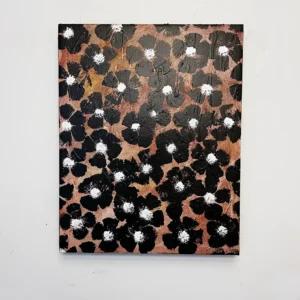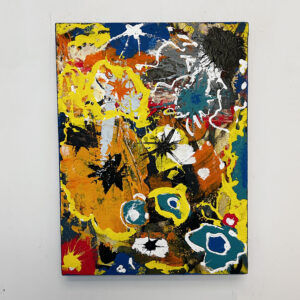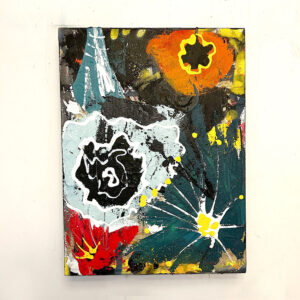Abstract art has long been a source of fascination and contemplation for art enthusiasts worldwide. Among the myriad of colors and forms that abstract artists explore, the color blue holds a special place. Blue abstract art, with its enigmatic allure and emotional depth, has captivated both artists and viewers alike. In this article, we will delve into the world of blue abstract art, exploring its history, significance, and the ways it resonates with our emotions and imagination.
A Brief History of Blue in Art
Blue has a rich history in art, dating back centuries. Historically, blue pigments were challenging to obtain, making them precious and often reserved for the most prestigious works of art. Ultramarine, a deep blue pigment derived from lapis lazuli, was a favorite of the Renaissance masters like Leonardo da Vinci and Michelangelo. This scarcity of blue pigments only added to the mystique and allure of the color in the art world.
The Significance of Blue
Blue is a color often associated with depth, stability, and tranquility. It evokes a wide range of emotions and moods, from calm and introspection to melancholy and introspection. In abstract art, blue can serve as a powerful tool for artists to convey their thoughts and emotions without the constraints of representation.
The Allure of Abstraction
Abstract art, by definition, does not seek to depict reality in a literal sense. Instead, it relies on shapes, colors, and forms to convey emotions, ideas, and concepts. Blue, as a versatile and emotionally charged color, becomes a powerful tool for abstract artists to communicate complex feelings and concepts.
The Power of Blue Abstraction
- Emotion and Mood: Blue abstract art often elicits deep emotional responses. Lighter shades of blue can evoke feelings of serenity and peace, while darker blues may convey introspection or melancholy. Artists can use the various shades of blue to create a wide spectrum of emotional experiences within a single artwork.
- Expression of Nature: Blue is closely associated with the natural world, particularly the sky and the sea. Blue abstract art can evoke the vastness of the ocean or the infinite expanse of the cosmos, allowing viewers to connect with the grandeur and mystery of nature.
- Interpretive Freedom: Abstract art provides both artists and viewers with the freedom to interpret and connect with the artwork on a personal level. Blue abstract pieces, with their non-representational nature, encourage viewers to bring their own experiences and emotions to the canvas, fostering a unique and individualized connection.
Famous Blue Abstract Artists
Several renowned artists have made significant contributions to the world of blue abstract art:
- Wassily Kandinsky: Often considered one of the pioneers of abstract art, Kandinsky explored the emotional and spiritual power of color. His use of blue in his works, such as “Blue Segment” and “Composition VII,” is emblematic of his deep understanding of color’s psychological impact.
- Mark Rothko: Rothko’s iconic color field paintings, including his use of deep blue hues, are celebrated for their ability to provoke contemplation and emotional response. His “Blue, Orange, Red” series is a testament to the evocative power of blue in abstraction.
- Yves Klein: Yves Klein was known for his intense and vibrant blue monochromatic paintings. His patented shade of blue, known as “International Klein Blue,” became synonymous with his artistic identity and is still influential in the world of contemporary art.
Blue abstract art is a captivating realm within the broader spectrum of abstract expressionism. Its ability to convey emotions, explore the mysteries of nature, and provide interpretive freedom makes it a favorite among artists and viewers alike. As we continue to explore the ever-evolving world of art, blue abstract works will undoubtedly remain a source of inspiration and contemplation for generations to come, reminding us of the enduring power of color and abstraction in the realm of human creativity.


